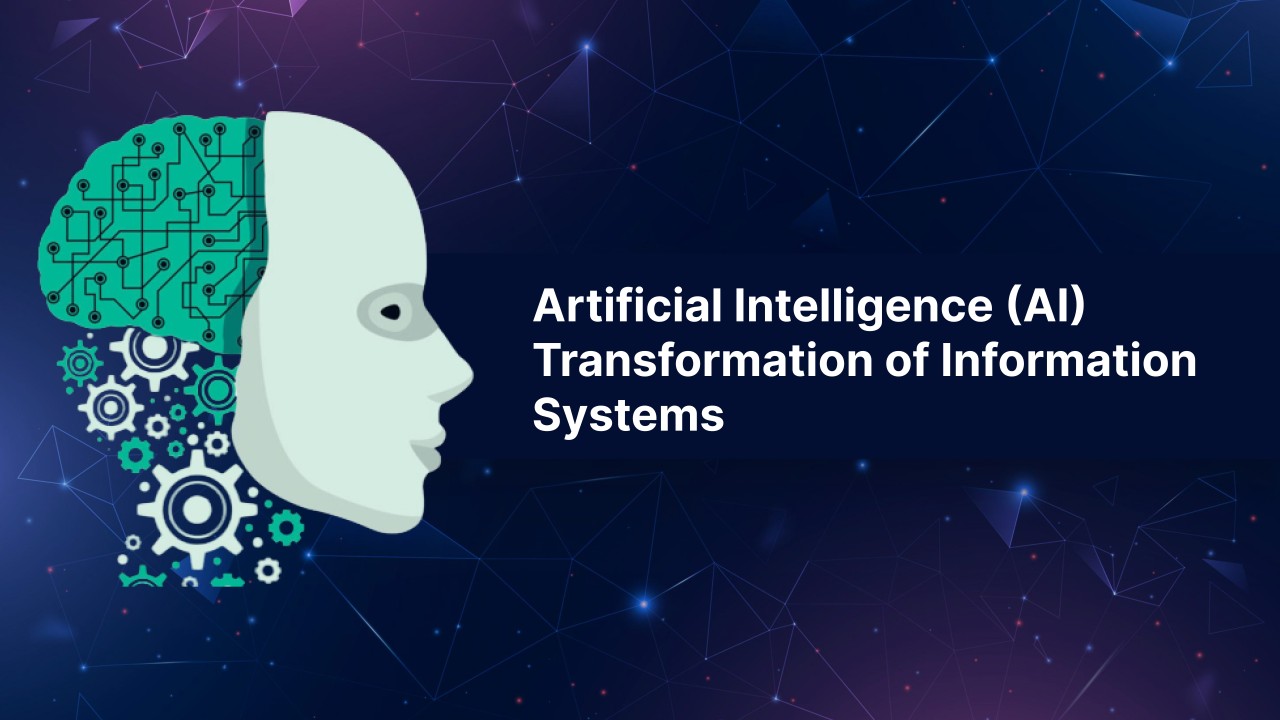A Management Information System (MIS) is a computer-based system that provides information needed to manage an organization effectively. This white paper explores the key concepts, methodologies, and best practices involved in the analysis and design of MIS.
White Paper: Analysis and Design of Management Information Systems
Introduction
A Management Information System (MIS) is a computer-based system that provides information needed to manage an organization effectively. This white paper explores the key concepts, methodologies, and best practices involved in the analysis and design of MIS.
Understanding MIS
Definition: An MIS is a system that collects, processes, stores, retrieves, and disseminates information to support decision-making within an organization.
Components of an MIS:
- Hardware: Physical components like computers, servers, and network devices.
- Software: System software (operating systems), application software (databases, ERP systems), and middleware.
- Database: A structured collection of data.
- Network: The communication infrastructure that connects various components.
- People: Users, developers, and system administrators.
- Procedures: Rules and guidelines for using the system.
Types of MIS:
- Transaction Processing Systems (TPS): Handle routine transactions.
- Management Information Systems (MIS): Provide summarized information for decision-making.
- Decision Support Systems (DSS): Support decision-making by analyzing data and providing insights.
- Executive Information Systems (EIS): Provide high-level information for strategic decision-making.
Analysis Phase
- System Investigation:
- Feasibility Study: Assess technical, economic, and operational feasibility.
- Requirement Gathering: Identify user needs and system requirements.
- System Analysis:
- Data Flow Diagrams (DFDs): Visualize data flow within the system.
- Data Dictionary: Document data elements, their attributes, and relationships.
- Entity-Relationship Diagrams (ERDs): Model data entities and their relationships.
Design Phase
- System Design:
- Logical Design: Define data, processes, and information flows.
- Physical Design: Specify hardware, software, and network components.
- Input Design: Design input forms and screens for data entry.
- Output Design: Design reports, screens, and other output formats.
- Database Design: Design the database structure, including tables, relationships, and indexes.
Implementation Phase
- Hardware and Software Acquisition: Purchase and install necessary hardware and software.
- Database Design and Implementation: Create and populate the database.
- Program Development and Testing: Develop and test system programs.
- System Testing: Conduct unit, integration, and system testing.
- User Training: Train users on how to use the system.
- System Conversion: Migrate data from old systems to the new system.
- System Implementation: Deploy the system into production.
Maintenance Phase
- Corrective Maintenance: Fix errors and bugs.
- Adaptive Maintenance: Modify the system to adapt to changes in the environment.
- Perfective Maintenance: Improve the system's performance and usability.
- Preventive Maintenance: Take proactive measures to prevent system failures.
Key Considerations for Successful MIS
- User Involvement: Involve users in the design and implementation process.
- Security and Control: Implement strong security measures to protect data.
- Data Quality: Ensure data accuracy and completeness.
- Flexibility and Scalability: Design systems to accommodate future growth and changes.
- Cost-Effectiveness: Balance the costs and benefits of the system.
References:
- Awad, M. E. (2013). Systems Analysis and Design. Prentice Hall.
- Kendall, K. E., & Kendall, J. E. (2017). Systems Analysis and Design*. Pearson.
- Laudon, K. C., & Laudon, J. P. (2017). Management Information Systems: Managing the Digital Firm. Pearson.
- Management Information Systems: Managing the Digital Firm- ISBN-13: 978-0133898163
By following these principles and leveraging the latest technologies, organizations can develop effective MIS that support their strategic goals and improve operational efficiency. Contact keencomputer.com for details.
